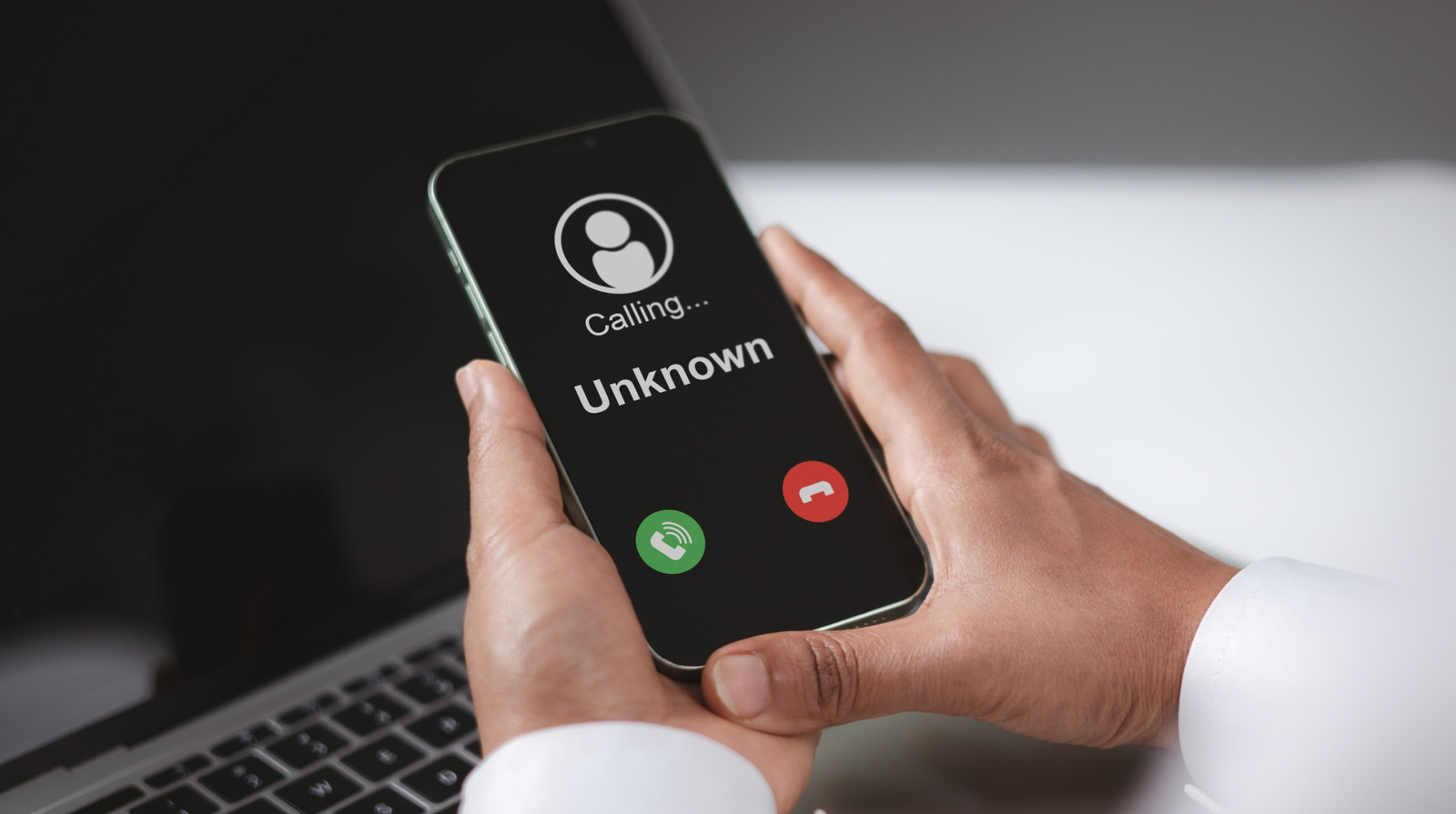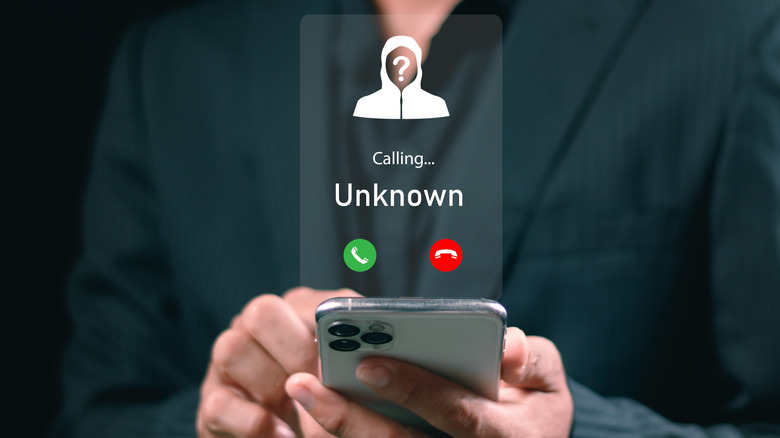We’ve all received a call or text from a number we don’t recognize. But beyond the occasional wrong number or pocket-dial situation, many of these are spam calls that fortunately can be stopped. Sometimes it’s as clear as day, especially when the call or text is from someone looking for banking info, credit card numbers, and other types of personal financial information. Other times it’s a lot harder to figure out if it’s bogus or not.
This is why phone companies like Apple and Google give users the ability to report these phishing individuals and organizations as spam or junk. When you do so, your wireless carrier, the device manufacturer, third-party databases — along with the FCC and FTC in some cases — are all notified of the perpetrator.
On the carrier end, the flagged number gets added to a spam database, which is why you’ve probably received a call or two with a “Spam Likely” message on the screen; this is because enough users have flagged the number for your carrier to start taking action. That means the more spam you flag, the safer your carrier network is for you and other users.
It’s also worth mentioning that phone companies employ a number of AI and machine-learning tools to log and organize spam calls and texts, including Google’s new AI-powered scam detection. So, the more reporting you do, the better these automated systems will be at detecting spam in the first place.
Scammers never rest, so neither should we
Reporting a number as spam or junk is also beneficial for third-party apps that are designed to block robocalls and texts, and other unwanted phone activity. Apps like RoboKiller, Hiya, and Truecaller are able to use flagging reports to build up their own databases of untrustworthy numbers.
Thus, the trickle-down effect continues: The more reporting you do, the more effective these third-party tools will be at preventing you and other users from being scammed. And it’s essential to do as much flagging as possible, because spammers never rest. These malcontents are also getting pretty savvy at fooling users into thinking they’re receiving a call from a local number.
This is called neighbor spoofing, a tactic scammers use to lead users into a false sense of security (“It’s a call from my town. It must be important”), which may be used in combination with the names of government bodies, or other official types of organizations (e.g., the IRS, a local police department, etc.) to try and get your personal info.
If you’re ever unsure if you’re being contacted by a legitimate organization, or hear a recording, it’s best to hang up immediately. You can always contact the organization directly to verify the call. Chances are, you’ll be informed that you’re not the only one being targeted by the phisher who found your phone.
Report, block, repeat
You can set up your iPhone or Android device to automatically filter spam from unknown senders. For iOS users, open Settings and tap Messages > Message Filtering > Unknown & Spam > Filter Unknown Senders. You can block the number by tapping the information icon next to the contact number, then tap Block Contact. You can also do this by long-pressing a spam text in Messages.
For Android devices, open Google Messages, then tap Settings > Spam Protection > Enable Spam Protection. To block a number, open the Phone app, then tap More > Call history. Tap a call from the number you plan on blocking, then tap Block/Report Spam. You can also block a number by long-pressing a text thread in Google Messages, then tapping Block or Report.
Another option is to report spam directly to your carrier by forwarding the message to 7726 (or SPAM), and you can report suspicious or fraudulent activity directly to the FTC and to the FCC if you feel the need to.









